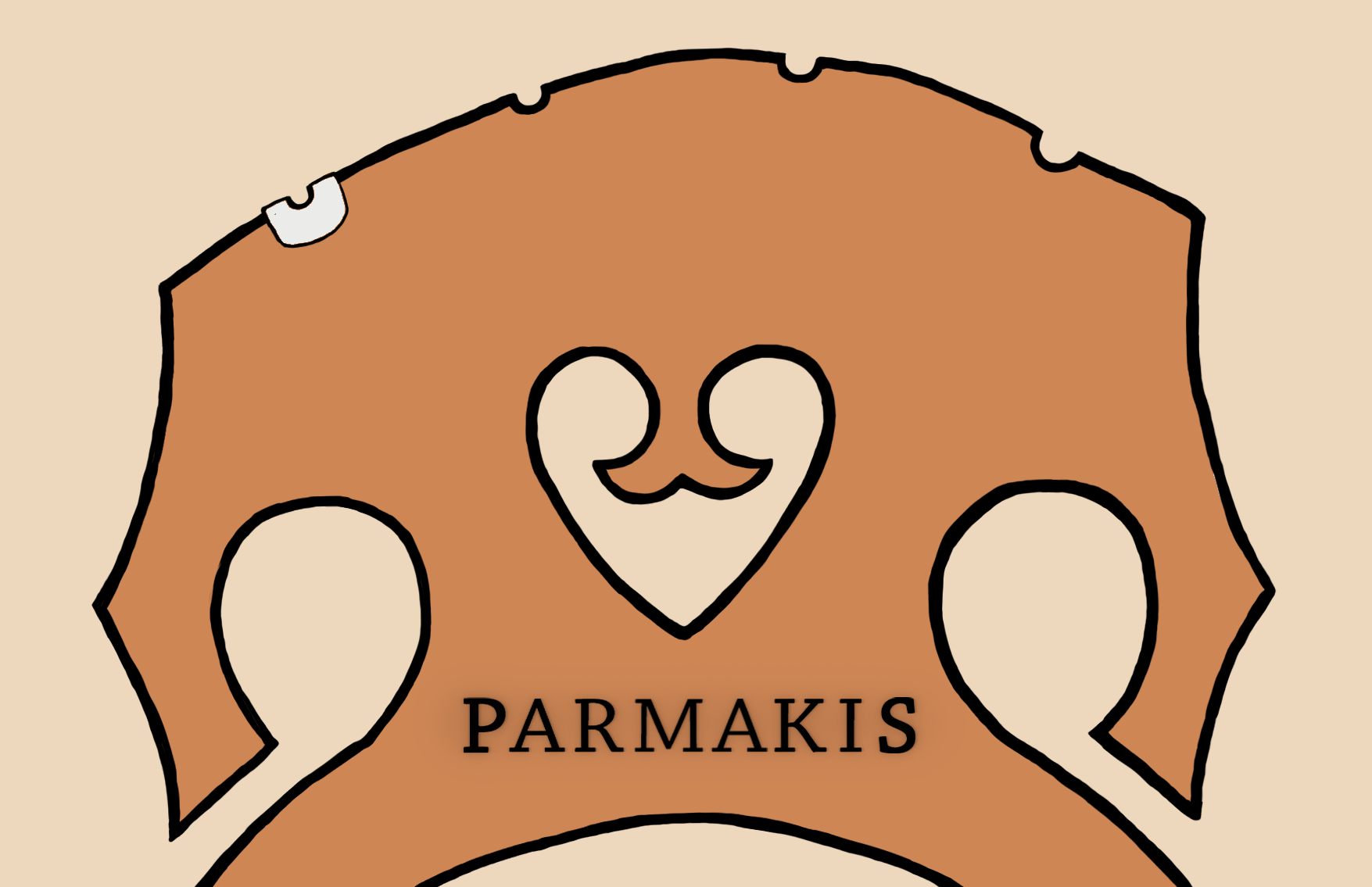
This violin came in because it needed some retouch around the edges and also because the endpin was putting up, which the owner had spotted (a good thing to check for every so often!) However I also spotted that the rib was pulling away from the back plate, meaning that either it has come unglued from the bottom block or the block itself wasn’t properly seated. This can happen gradually anywhere on the instrument as the wood shrinks, but in the bottom block area there is the additional tension from the tailpiece to worry about. Luckily there was enough “wiggle room” to move the rib/block in and regain the overhang and gluing surface by balancing it out with other areas where the overhang was more than it needed to be. I also fitted a new soundpost because the old one wasn’t a brilliant fit.









